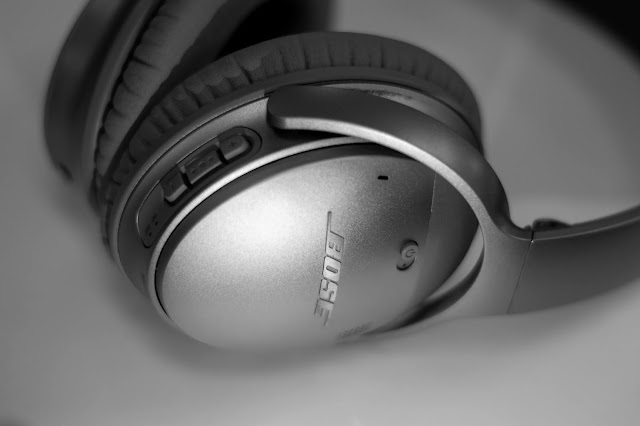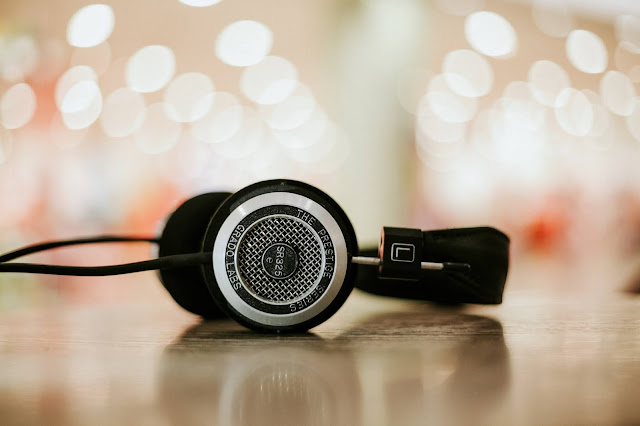The Fascinating Science of Bose
November 15, 2021I love this story because it speaks to the essence of all of our senses: our body is a part of our environment, and our senses are one of the most important parts of our internal world. Our senses actually help us to be aware of our surroundings, and they are constantly being used to process and interpret the world around us.
Bose, the scientist who created the binaural recording system that allows us to hear and see in 3-D, is also a brilliant inventor who has created many inventions.
In case you don't know, binaural recording systems are used by some of our most popular cell phones and computers today, and they can be found in the most advanced 3-D TV systems.
In the movie, The Bose Effect, the head of Bose's company was a young woman who was sent to a remote part of the world to create a device that would help her make a living. She was sent to a remote area where she could not communicate with anyone because she would not be able to see or hear what the locals were thinking. The device was a binaural recording system, and it was a huge hit.
The binaural recording system is a scientific marvel.
It is also incredibly expensive. The average cost of a Bose is around $10million. If that doesn't get you excited about listening to your phone call, I don't know what will.
So basically, Bose is able to send a binaural recording to someone nearby. The person receives an audio file of their surroundings and then looks at a screen where they can see their surroundings as binaural data. They can then decode the data to give them a complete visual picture of their surroundings. The whole process is incredibly time-consuming and requires you to be near enough to the person being binaurally recorded.
The technology, as far as our own research shows, is only just beginning to be used to record audio and video.
We expect to see it used in the near future, but for now, if you are near enough to someone being binaurally recorded, you can use it to track them. A lot of the time it seems like you can actually see the whole person.
We have so far found only two documented cases of binaural recording of actual human beings. The first was a man named David Hockney in the 1960s, who were binaurally recorded by a team of researchers at The Institute for Recorded Image (IRD). He was a professional photographer, and he was binaurally recorded in his studio. He was a little on the blurry side, but it was enough to show him that he was being recorded.
The other documented binaural case was a woman named Elizabeth Bose who was reported to have binaurally recorded the entire life of her husband in the 1970s.
She had a few friends who were also binaurally recorded and the two tapes were compared to determine why they were binaurally recorded.
Scientists have actually been able to make a binaural recording (a form of binaural recording) by using the difference in the audio frequencies between different locations. The theory is that when you're binaurally recorded, you don't really hear what you're recording, but you hear that you're being recorded. This technique has become commonplace in modern binaural recordings as they're being used for a variety of applications.






0 comments